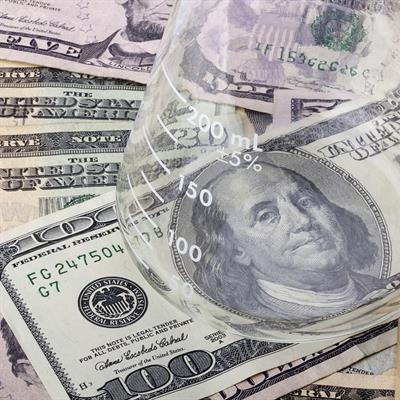September 21, 2022 -- Viruslike particles (VLPs), molecular mimics that look and act like SARS-CoV-2 without being infectious, are providing new tools against COVID-19 -- the disease caused by the virus.
Researchers recently created SARS-CoV-2 VLPs to study the initial stages of infection more safely, with the potential for the particles to accelerate vaccine research. Their work was published on September 21 in the journal ACS Infectious Diseases.
The four currently approved COVID-19 vaccines offer protection against the virus's worst effects. However, they do not prevent people from catching the infectious disease. To develop better vaccines, scientists currently conduct experiments with the live virus, requiring specialized laboratories that limit the scope of research and could potentially put researchers at risk.
VLPs offer a safer strategy. Researchers created VLPs using the four major structural proteins of SARS-CoV-2 -- the spike, membrane, envelope, and nucleocapsid. These proteins self-assembled into small, spherical particles so similarly to SARS-CoV-2 that they could bind the angiotensin-converting enzyme 2 (ACE2) receptor, the virus's entry point.
The team's VLPs successfully infected brain cells in petri dishes, and in mice they tricked the immune system into launching a counterattack, as it would against SARS-CoV-2. These VLPs can be effective in mapping the initial stages of COVID-19 entry, or even serve as a vaccine themselves, as with the two currently available papillomavirus vaccines.
"Our results demonstrate that VLPs mimic the native virus and induce a strong immune response, indicating the possible use of these particles as an alternative vaccine candidate against SARS-CoV-2," the researchers wrote.
Copyright © 2022 scienceboard.net











